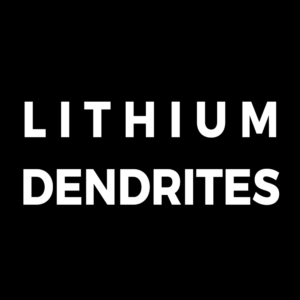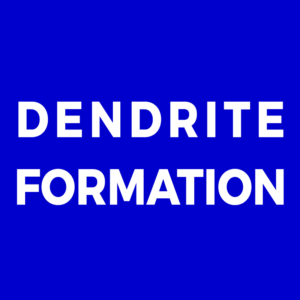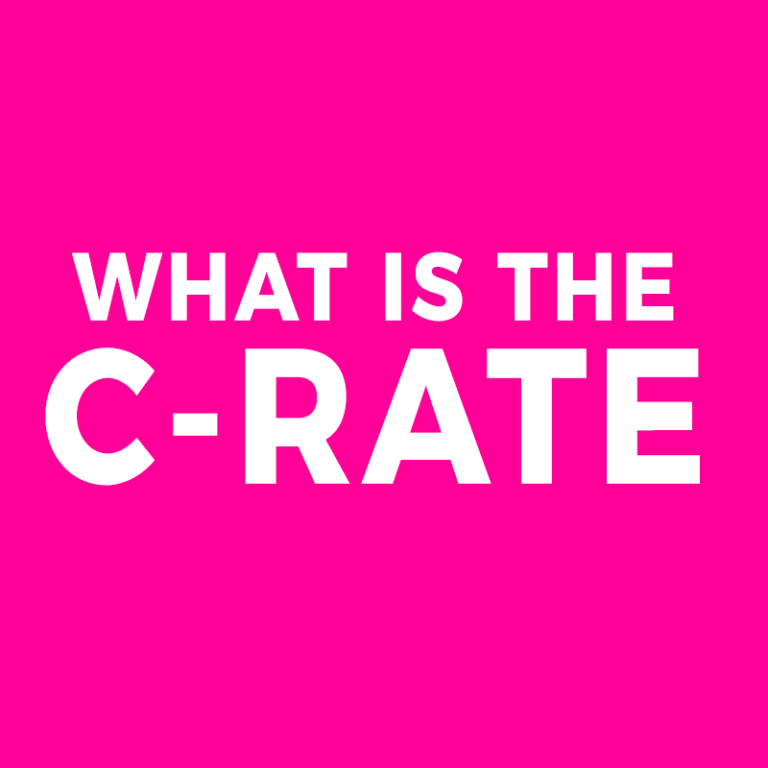WIKI BATTERY ENERGY STORAGE & BATTERIES

Research pays much attention to the properties of the separator material through which the lithium metal penetrates. The most common idea to solve the lithium-dendrite problem is to form a mechanical barrier that would stop metallic dendrites from growing into the counter electrode.

Lithium-dendrites formed by inhomogeneous deposition of lithium to the current collector causes short-circuit risks and capacity loss for batteries. Dendrite penetration through battery separators and various solid-electrolytes is a key challenge facing a next generation of extreme-high energy-density batteries.
However, the picture of mechanical dendrite barrier is a naïve concept. Mechanical strain may equally built-up and mechanically stress the cell. A concept to solve the dendrite problem beyond a simple mechanical “hard” barrier is like winning the 150-year-old metal-dendrite game. [1]


The mechanism and formation of dendrites is not yet fully understood. A very detailed analysis of the formation of dendrites in lithium-ion batteries has recently been reported.
Until recently, it was not known by theory why metals such as lithium or zinc form dendrites at the anode during charging, while silver or copper do not build dendrites. Researchers see an explanation for dendrite formation: potentials below the charge zero point. DFT calculations suggest that every metal has a so-called charge zero point.
If the metal is deposited at potentials below this charge zero – i.e., at a negatively charged electrode – the crystal-like dendrites are formed. During deposition, small irregularities like bulges keep forming on the surface.

Following the laws of electrostatics, the negative charge concentrates on the tips of such clusters and attracts the positively charged lithium ions. Thus, these peaks continue to grow and eventually form dendrites.
In metals such as copper or silver, the surface is positively charged during deposition. “If a small bulge forms on the surface there, a positive charge accumulates. This repels the positively charged metal ions, and the cluster cannot continue to grow and form dendrites.[2]
Feng Wu et al., Perspectives for restraining harsh lithium dendrite growth: Towards robust lithium metal anodes, Energy Storage Materials, Volume 15, November 2018, Pages 148-170.
Qitao Shi et al. Recent developments in current collectors for lithium metal anodes, Mater. Chem. Front., 2023,7, 1298-1311

Editor

Charging Rate (C-Rate) Charging speeD Wiki battery – batteries & Energy Storage WIKI BATTERY WIKIBATTERY.ORG – BATTERIEN & ENERGIESPEICHER What is the C-Rate? Charging Rate and Discharging Rate They are

Lithium nickel manganese cobalt (NMC 811 or NCM) WIKI BATTERY ENERGY STORAGE & BATTERIES WIKI BATTERY WIKI BATTERY Lese diesen Artikel auf Deutsch Lithium nickel manganese cobalt (NMC 811 or

Dendrites in Batteries WIKI BATTERY ENERGY STORAGE & BATTERIES WIKI BATTERY WIKI BATTERY Lithium-dendrites in rechargeable lithium-metal batteries Research pays much attention to the properties of the separator material through

Inorganic Solid-State Electrolytes WIKI BATTERY – ENERGY STORAGE & BATTERIES WIKI BATTERY WIKIBATTERY.ORG – BATTERIEN & ENERGIESPEICHER Inorganic Solid-State Electrolytes for Solid-State lithium Batteries Inorganic Solid-State Electrolytes Introduction The concept

COBALT – GOOD OR BAD? WIKI BATTERY ENERGY STORAGE & BATTERIES WIKI BATTERY WIKI BATTERY Cobalt – A controversial battery raw material Cobalt is used in Lithium-ion batteries in large

Types of Solid-Sate Batteries WIKI BATTERY – ENERGY STORAGE & BATTERIES Solid-State Batteries with Polymer Electrolyte Solid-State Batteries with Gel Electrolyte Solid-State Batteries Introduction When it comes to next-generation energy
WIKIBATTERY.ORG
Wiki Battery is an encyclopedia for battery technologies, which explains technical terms from the field of batteries and energy storage in a simple and understandable way – dummy proof.
More information about Wiki Battery can be found here. Wiki Battery is a published Swiss Battery (SwissBattery.com).
All rights reserved.
Copyright © 2023-2030 by WikiBattery.org

Contact - Get in touch with us
Newsletter
Want updates on everything we do? Sign up for the quarterly newsletter.
Diese Seite ist urheberrechtlich geschützt © 2023-2033 – www.WikiBattery.org – Datenschutzbestimmungen – Nutzungsbedingungen